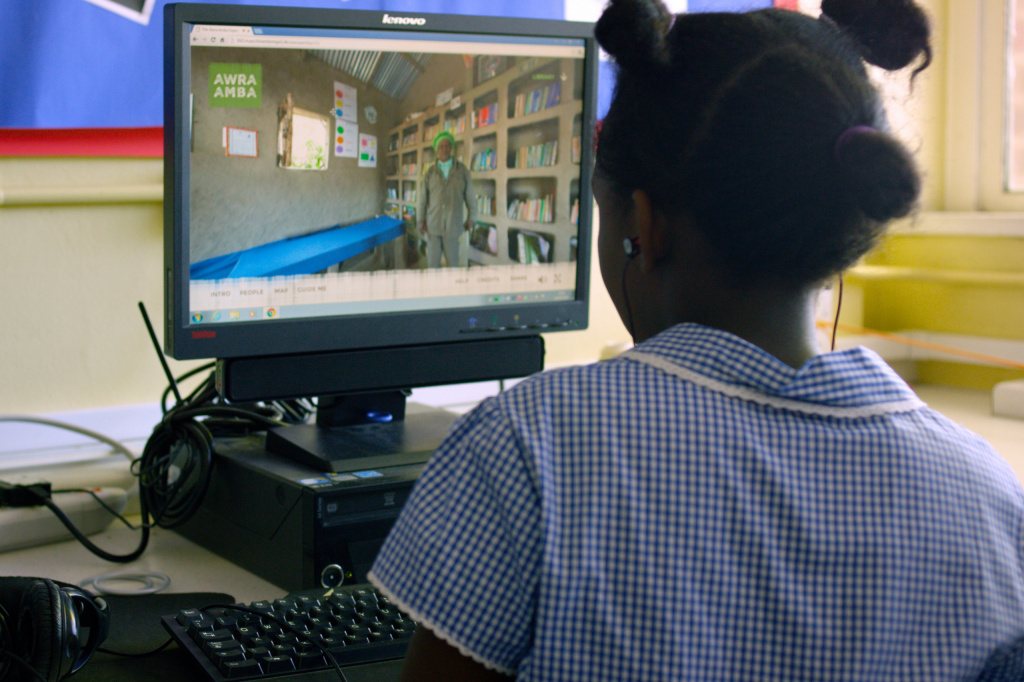
Stories have long been part of human tradition - from paintings on cave walls to the blockbusters on our screens and now increasingly as the basis for videogames. We all love a narrative. There is an instinct in all of us that wants to follow people on their journey, to share their emotions, to find out what happens next and to see if there is a happy ending.
Throughout human history, storytelling has been used as a powerful tool for teaching and learning. We can make sense of the world through the stories of a few individuals as we imagine their lives, plan their possible futures, and identify shared values. This is why great storytelling can spark empathy: it makes those whose lives are so distant from ours come closer and makes caring for them less difficult. We also know that real human stories are one of the best ways of making ideas come alive.
Storytelling in the 21st century can be made richer and more effective through the use of digital media such as images, videos, audio and interactive content. Technology can make authentic human stories accessible and bring them to life in a way that immerses students in different countries and cultures and lived experiences. They can also be an engaging way to explore positive values in school, and spark discussion around sometimes challenging themes.
Digital storytelling in Essex
Jen Chapman, Head of PSHE at a school in Essex was keen to challenge some of her students’ attitudes and biases. She told us that the local area does not have much cultural diversity and so the students were unused to meeting people from different cultures or to explore the world beyond their local area. She worked with Lyfta, an immersive storytelling platform that won the 2020 Reimagine Education EdTech Award. She wanted to see if their attitudes might change after accessing a series of human stories.